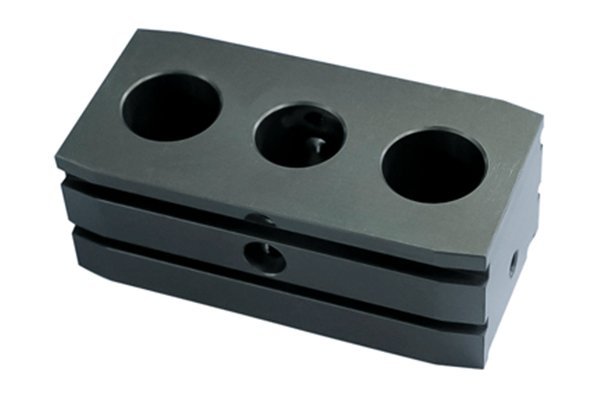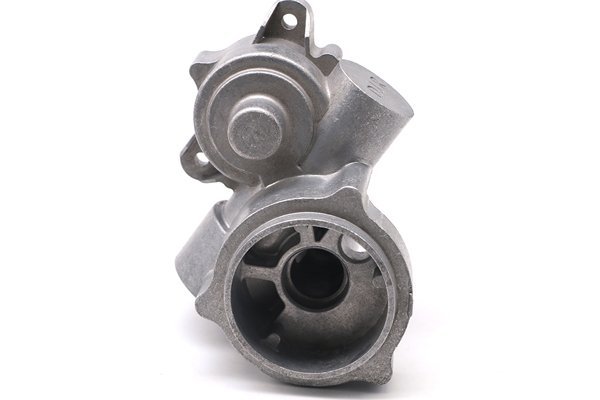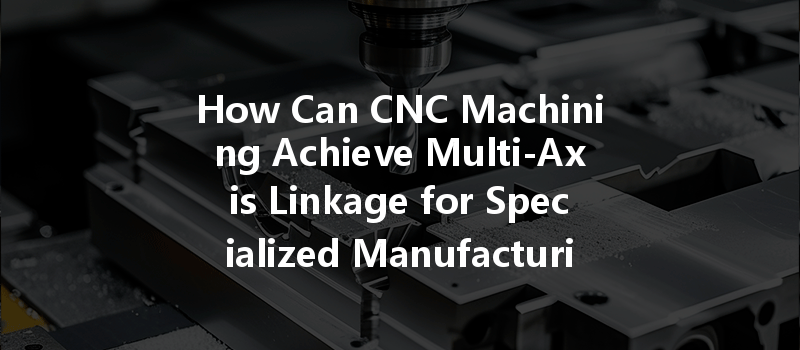Did you know that CNC (Computer Numerical Control) machining technology has revolutionized the manufacturing landscape by enabling precision machining of complex shapes and designs? According to a report from Market Research Future, the global CNC machine market is projected to reach $100 billion by 2025, growing at a CAGR of 7% from
In this post, we’ll dive deep into the concept of multi-axis machining, explore its benefits and applications, and provide detailed insights into how it addresses specialized manufacturing challenges. We’ll also look at the technology behind CNC machining and the best practices for optimizing these processes.
Understanding Multi-Axis CNC Machining
CNC machining involves the automated control of machinery using a computer. Multi-axis machining, as the name suggests, allows for movement along multiple axes simultaneously. Unlike traditional machining methods that often operate on just three axes (X, Y, and Z), multi-axis CNC machines can operate on four, five, or even more axes. This capability allows manufacturers to achieve highly complex geometries and precise cuts that would be impossible with standard machining methods.
The Basics of CNC Axis Movement

The Need for Multi-Axis Machining
The necessity for multi-axis machining arises from the demand for intricate parts that traditional methods cannot effectively produce. Industries such as aerospace, automotive, medical devices, and mold-making often require components with complex features, undercuts, and tight tolerances. Multi-axis CNC machining enables:
How Multi-Axis Linkage Works
At its core, multi-axis linkage operates on advanced algorithms and machine controls that coordinate the movement of multiple axes simultaneously. The critical components involved in this process include:
Example of Multi-Axis Linkage in Action
To illustrate the concept, consider a complex aerospace component with internal cavities and intricate shapes. In dealing with such a part, a three-axis machine would require multiple setups to reach every surface. Alternatively, a five-axis machine can achieve every angle and corner in one continuous operation.
Benefits of Multi-Axis CNC Machining
Multi-axis machining generally reduces the number of operations required, leading to shorter lead times. With fewer setups, manufacturers can allocate resources toward additional projects, thus improving overall productivity.
Precision is key in specialized manufacturing. Multi-axis machines outperform traditional machines by maintaining tighter tolerances thanks to their capability to machine from various angles without repositioning the part.
Design engineers can push the boundaries of creativity when designing for multi-axis machining. The ability to machine complex geometries means designs can factor in performance requirements without sacrificing aesthetics.
Multi-axis machining distributes tool wear across various cutting edges, extending the tool’s lifespan. Tools can be optimized for each specific task, reducing costs associated with frequent tool changes.
Applications of Multi-Axis CNC Machining

The versatility of multi-axis CNC machining extends across numerous industries, and its applications are not limited to merely manufacturing:
Aerospace Industry
Aerospace components require high strength-to-weight ratios and inherently complex designs. Multi-axis machining allows manufacturers to produce lightweight, aerodynamic shapes while achieving stringent tolerances.
Medical Devices
From surgical instruments to implants, the medical field demands components that meet high standards of precision and reliability. Multi-axis CNC machining facilitates the production of intricate designs with minimal variability.
Automotive Parts
The automotive industry continuously seeks lightweight and fuel-efficient components. Multi-axis machining contributes to producing complex parts that can fit into tightly designed assemblies, offering efficiency in performance and manufacturing.
Mold-Making
In mold-making, the ability to create complex, detailed molds greatly reduces the time and effort required. Multi-axis machines can work simultaneously on multiple features, enabling faster mold creation and shorter project timelines.
Challenges in Multi-Axis Machining
While multi-axis CNC machining provides numerous advantages, it is not without challenges:
The complexity of programming for multi-axis machines demands greater skill levels among machinists and engineers. With increased axes come more variables, leading to potential programming errors if not managed carefully.
Multi-axis CNC machines are typically more expensive than their three-axis counterparts. Although they offer significant long-term benefits, the initial acquisition cost can deter some manufacturers.
Maintaining the precision and performance of multi-axis machines requires regular calibration and maintenance. This attention to detail ensures the machinery continues to function at optimal levels.
Best Practices for Successful Multi-Axis CNC Machining
To fully leverage the advantages of multi-axis machining, manufacturers should consider the following best practices:
Highly trained operators can significantly reduce the risk of programming and operational errors. Regular training sessions and workshops can keep your team updated on the latest techniques and technologies.
Investing in state-of-the-art CAM software can enhance the efficiency of tool path generation and improve simulation capabilities, assuring a smoother production run with precise results.
Optimizing tool paths is crucial in reducing cycle times and increasing efficiency. Careful analysis of tool movements can minimize unnecessary movements and enhance productivity.
Setting robust quality control measures can guarantee the fidelity of produced parts. Regular inspection of finished components should include dimensional inspections, tolerance verification, and material property assessments.
By integrating other manufacturing techniques alongside CNC machining, such as additive manufacturing or traditional machining methods, businesses can enhance their capabilities and drive efficiency.
In conclusion, multi-axis CNC machining is fundamentally reshaping the landscape of specialized manufacturing. Its ability to facilitate complex designs while maintaining precision makes it invaluable across various industries, including aerospace, automotive, medical, and mold-making.
Understanding how to effectively implement and optimize multi-axis linkage not only improves efficiency but drives innovation in product design. As industries demand increasingly intricate solutions, embracing these advanced technologies will become crucial for remaining relevant and competitive.
As we conclude this exploration of multi-axis CNC machining, it’s vital to reflect on the journey of technology from simple three-axis operations to intricate five-axis and beyond. The future of manufacturing is now, and embracing the capabilities of multi-axis CNC machining not only improves operational efficiency but opens the door to creativity and innovation in design. In a market that’s continuously evolving, adopting these practices ensures you stay ahead of the competition.
This blog serves as a reminder that understanding CNC machining’s capabilities extends beyond the machines themselves; it’s about the possibilities they unlock for businesses willing to innovate and adapt in a dynamic environment. As you consider your options in manufacturing, remember the power that lies within multi-axis machining and its transformative impact on the future of production.




